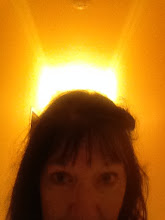I don't know much about Haiku, observed Pliny the Elder, but I do feel that ' no vessels allowed in the areas marked in yellow ' is not a good example of the genre.
Well I don't know much about them either, I said. That is why I was able to turn out so many in such a short time. However I disagree with you about ' no vessels allowed'. I think it encapsulates exquisitely the sensation of reading a sign beside a path at the beach.
Only because that is exactly what it is, said Pliny. You haven't transformed it in any way.
No, I haven't, I agreed. Because with Haiku you only get three lines. And that is very restricting.
In Japanese the form is even more restrictive. The first line must have 5 syllables, the second line 7 and the third line 5. In English we allow ourselves a bit more freedom. The first line must be short, the second long, and the third line short. Nevertheless, there wasn't much room to tell the story of the sign.
The story?
Yes, I would have liked to make it clearer that the sign was facing the footpath, so no one on a vessel could have seen it, which was obviously quite funny.
Funny? You didn't make that clear at all. Perhaps if you had tried a little harder?
I don't think so. But I don't think anyone else could have done better.
I believe I could, said Pliny. Yes, I shall rise to the challenge.
Subscribe to:
Post Comments (Atom)

No comments:
Post a Comment